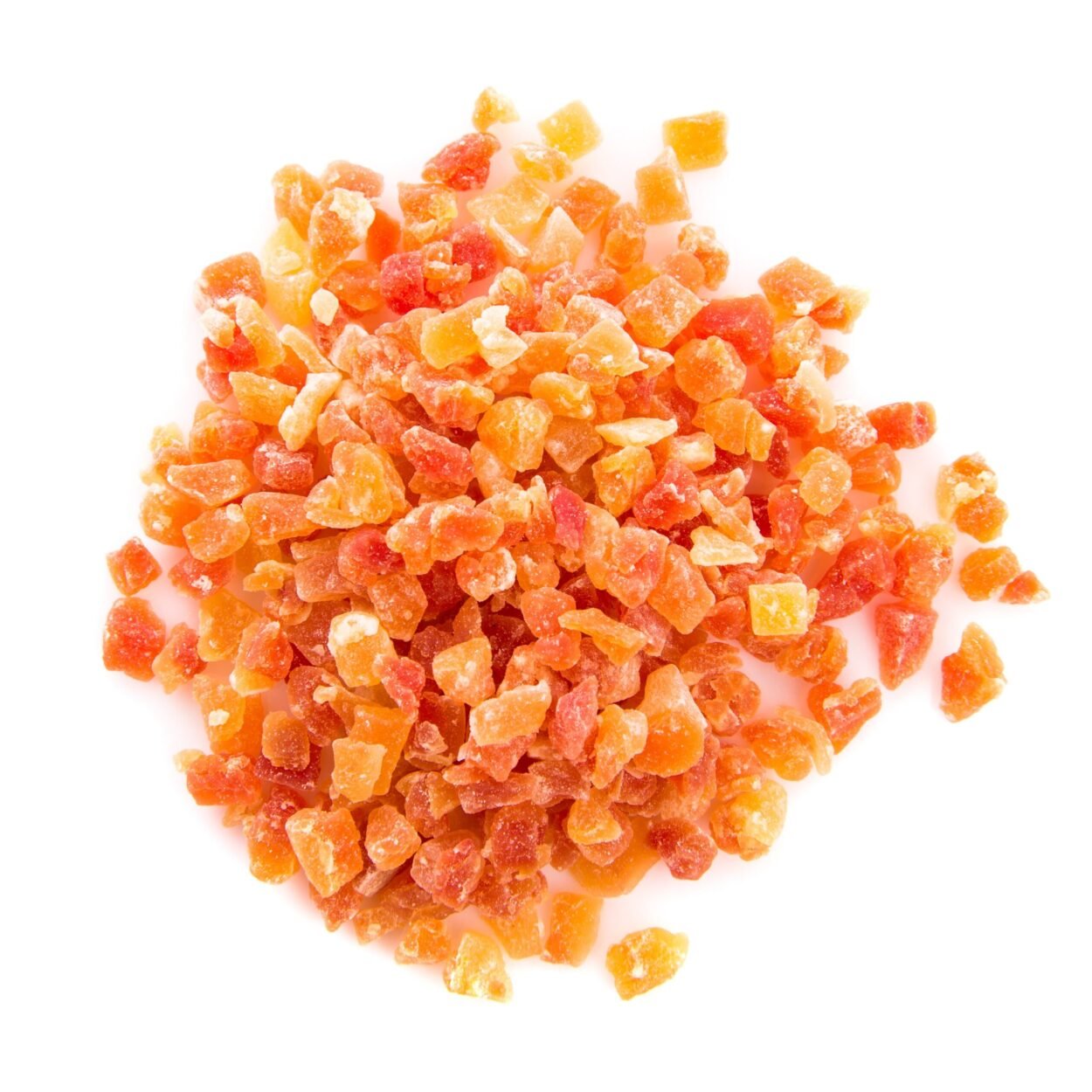
Amber ni Sakar — The Fragrant Sweetness of Two Ambers
Across old Gujarati households and Mughal kitchens, one rare phrase appears in sweet recipes — “Amber ni Sakar”, or ambered…

Across old Gujarati households and Mughal kitchens, one rare phrase appears in sweet recipes — “Amber ni Sakar”, or ambered…
Mint and Clove: Nature’s Refreshing Duo When we think of freshness, two plants almost always come to mind: mint and…
(Broiler vs. Layer vs. Free-Range) When parents choose chicken for their children, the most common option is broiler chicken, since…
🔹 Introduction When parents think about “healthy eating,” the first thing many try to cut down is fat. Because fat…
The fig (Ficus carica) and the olive (Olea europaea) are two of the most ancient and symbolic plants known to…
When most people hear the word “alcohol,” they immediately think of the substance present in liquors that affects the brain…